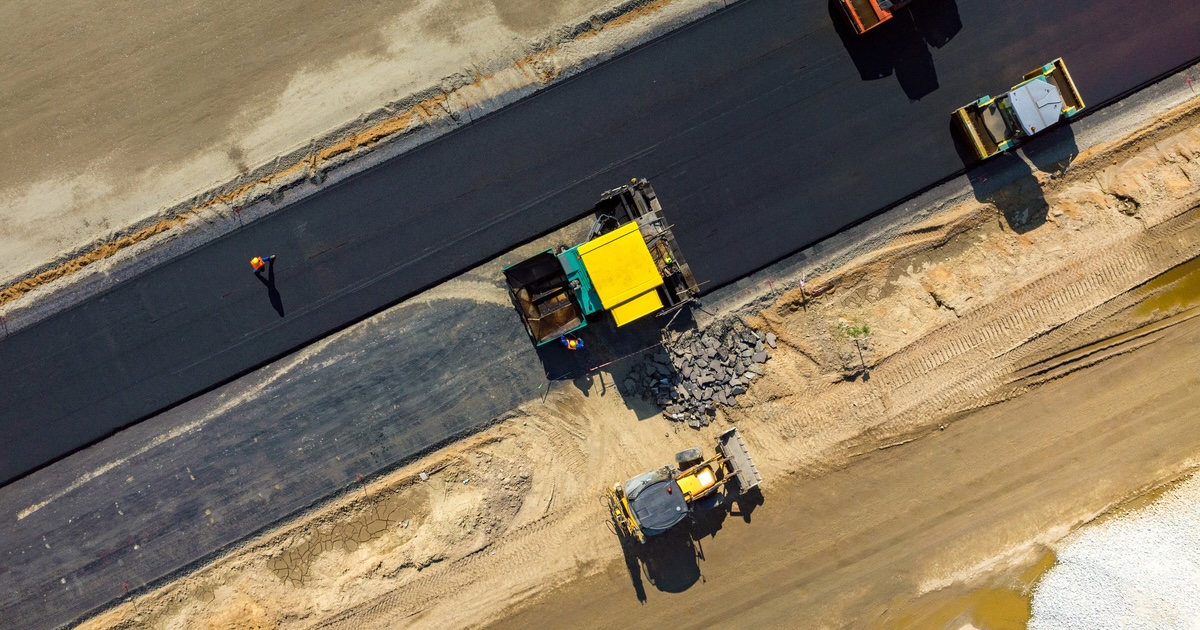Codetown
Codetown ::: a software developer's community
Sending strings between two computers via ethernet
A while ago I asked a question about using RS-232 communication with Java. It seems as though I need to abandon that route because it no longer fits the desired system requirements. Thanks to Nem for his advice on that one.
Now what I need to be able to do is send and receive strings between two computers connected via a network hub. The computers in use would not be connected to the outside world and would only be communicating with each other at this point.
I need to be able to send a string like "auto" terminated with a carriage return when a button on a GUI is pressed by the user. The GUI would then need to get back a string like "ok" or "err" also followed by a carriage return.
I am sure that I am making this much harder than I need to, so if anyone can help out it would appreciated. For some reason I am having a lot of trouble absorbing how to use Java, so any help or explanations need to be in beginner terms.
Thanks.
Tags:
Replies to This Discussion
-
Permalink Reply by Paul Stearns on October 5, 2011 at 10:20am
-
Thanks, I will check those out.
Thanks again for the help.
- ‹ Previous
- 1
- 2
- Next ›
Notes
Welcome to Codetown!
 Codetown is a social network. It's got blogs, forums, groups, personal pages and more! You might think of Codetown as a funky camper van with lots of compartments for your stuff and a great multimedia system, too! Best of all, Codetown has room for all of your friends.
Codetown is a social network. It's got blogs, forums, groups, personal pages and more! You might think of Codetown as a funky camper van with lots of compartments for your stuff and a great multimedia system, too! Best of all, Codetown has room for all of your friends.
Created by Michael Levin Dec 18, 2008 at 6:56pm. Last updated by Michael Levin May 4, 2018.
Looking for Jobs or Staff?
Check out the Codetown Jobs group.
InfoQ Reading List
AWS Introduces VPC Encryption Controls to Enforce Encryption in Transit

AWS has recently introduced VPC Encryption Controls, allowing customers to validate whether traffic within and between VPCs is encrypted and to require encryption where supported. The feature provides visibility into unencrypted traffic, supports enforcement using compatible Nitro-based infrastructure, and allows exclusions for resources that cannot encrypt traffic.
By Renato LosioInside the Development Workflow of Claude Code's Creator

Claude Code's creator Boris Cherny described how he uses it at Anthropic, highlighting practices such as running parallel instances, sharing learnings, automating prompting, and rigorously verifying results to compound productivity over time.
By Sergio De SimoneNVIDIA Releases Open Models, Datasets, and Tools Across AI, Robotics, and Autonomous Driving

NVIDIA has released a set of open models, datasets, and development tools covering language, agentic systems, robotics, autonomous driving, and biomedical research. The update expands several existing NVIDIA model families and makes accompanying training data and reference implementations available through GitHub, Hugging Face, and NVIDIA’s developer platforms.
By Robert KrzaczyńskiMongoBleed Vulnerability Allows Attackers to Read Data From MongoDB's Heap Memory

MongoDB recently patched CVE-2025-14847, a vulnerability affecting multiple supported and legacy MongoDB Server versions. According to the disclosure, the flaw can be exploited remotely by unauthenticated attackers with low complexity, potentially leading to the exfiltration of sensitive data and credentials.
By Renato LosioPresentation: Fast Eventual Consistency: Inside Corrosion, the Distributed System Powering Fly.io

Somtochi Onyekwere explains the architecture of Corrosion, a distributed system designed for low-latency state replication. She shares how Fly.io transitioned from Consul to a gossip-based SQLite solution to handle global machine data. By discussing CRDTs, the SWIM protocol, and QUIC, she shares how to build resilient systems that prioritize speed while managing the complexities of CAP theorem.
By Somtochi Onyekwere
© 2026 Created by Michael Levin.
Powered by
![]()